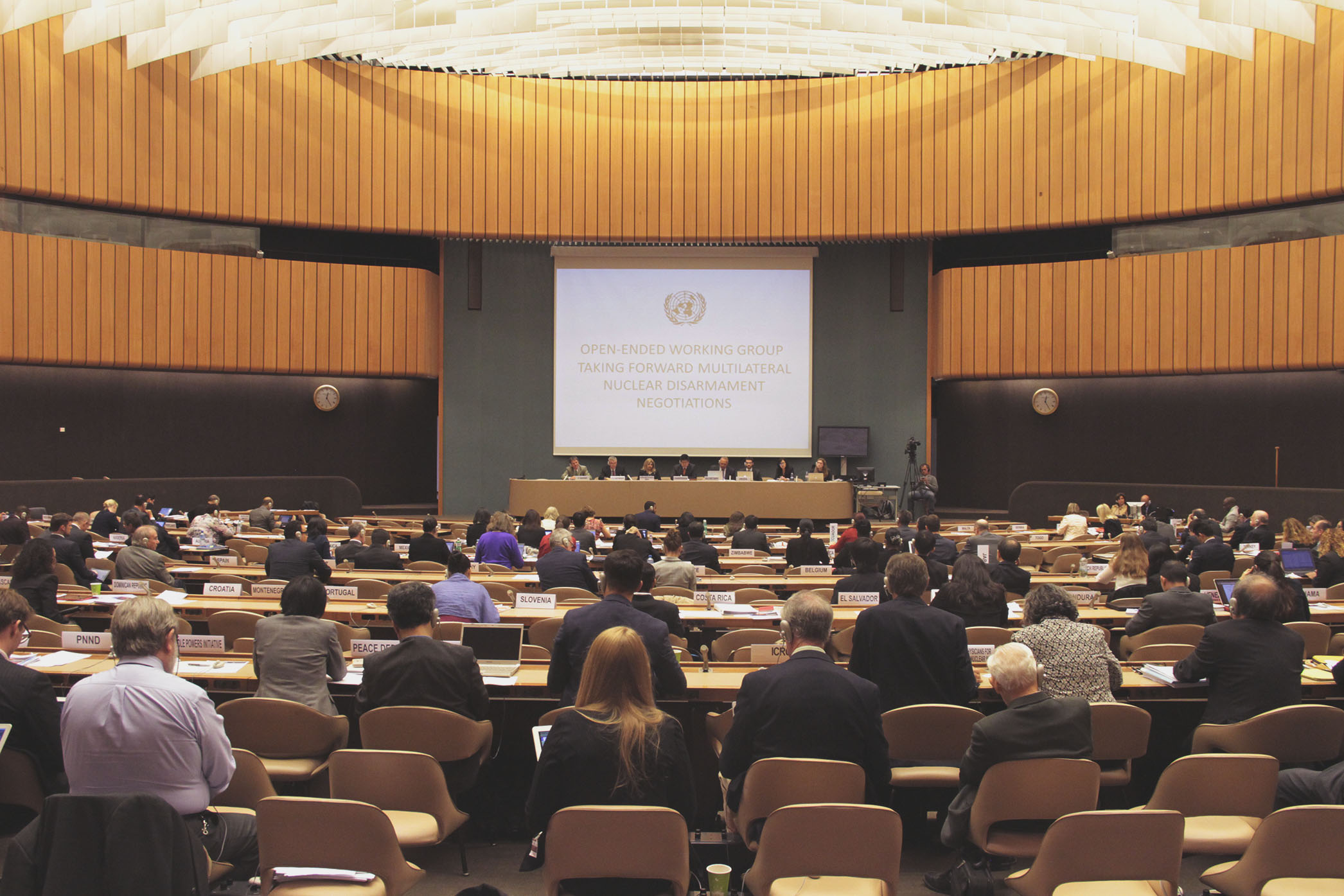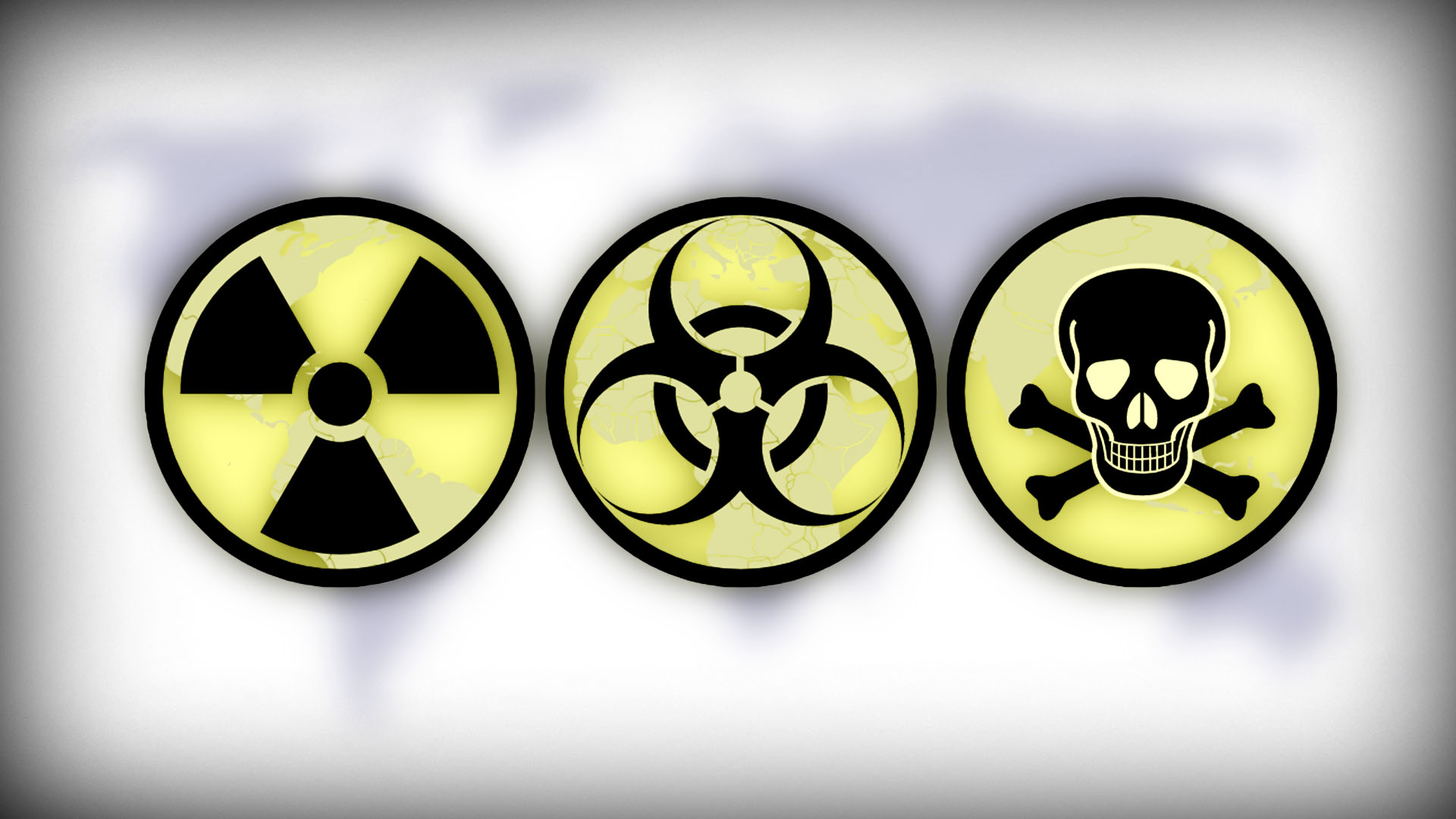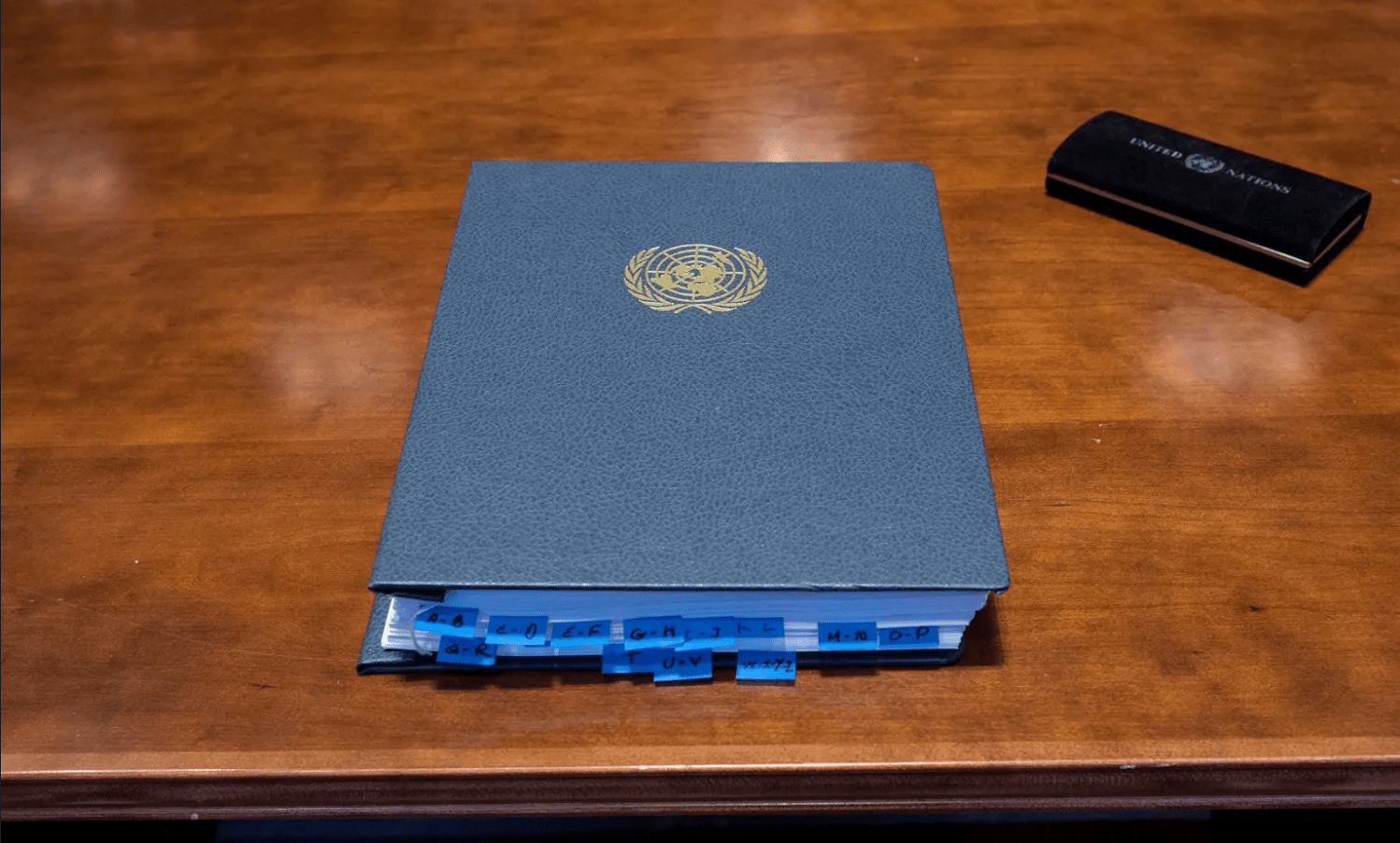Deterrence and Disarmament
Many in the global nuclear diplomacy community are looking at the ways in which nuclear risks can be reduced in the absence of actual nuclear disarmament. However, where one sits on the disarmament-deterrence spectrum informs their respective concepts of nuclear risk.
Nuclear disarmers consider the possession of nuclear weapons and the catastrophic humanitarian and environmental consequences of nuclear weapon use as an unacceptable nuclear risk. Deterrence advocates focus on avoiding nuclear conflict through deterrence and worry that weakening deterrence increases the likelihood of nuclear use and nuclear risks.
Take for example the launch status posture of “hair-trigger alert” where nuclear armed missiles are ready to be launched in minutes, a posture adopted by the U.S. and Russia. Many disarmers call for these weapons to be taken off such an alert to reduce the risk of nuclear weapons being launched by accident, a false warning, a misperception or by unauthorized actors.
Deterrence advocates would argue that keeping these systems at this alert level deters an adversary and makes it less likely that either side would use their nuclear weapons in the first place. However, this becomes more complicated when there is more than one nuclear adversary. Since deterrence exists in the mind of the adversary, deterrence strategies intended for one country may look alarmingly and unnecessarily provocative to another, increasing nuclear instability and risk.
Consider the China-India-Pakistan nuclear dynamic or the U.S.-China-Russia dynamic in this regard. This is a simple illustration of different conceptions of risk, the complexity of the problem of nuclear weapons in a multi-polar world, and the polarization between disarmers and deterrence advocates.
Disarmers such as the International Campaign Against Nuclear Weapons (ICAN) stigmatize nuclear weapons by portraying them as inherently immoral and in violation of international law, not as symbols of power or guarantors of national security.
The humanitarian discourse prioritizes human security. But the humanitarian initiative also promotes a fact-based discourse. This is an important strand which needs reinvigorating. The sober, rational, factual, objective analysis of qualitative and quantitative assessment of nuclear risks complements the advocacy based, compassionate, human security focused disarmament efforts to pressure the nuclear possessors to tackle nuclear risks and eliminate nuclear weapons.
The adoption of nuclear risk reduction measures is also sensitive to the geopolitical environment. When considering the geopolitical changes over the past decade one could argue that the risk of nuclear weapons use has increased, and the risk is higher now because relations between nuclear possessors have worsened and great power competition has returned (if it ever departed).
The trust deficit between the nuclear armed states seemingly supports the deterrence mindset and there is little sign that any of the nine nuclear possessor states are about to give up their nuclear arsenals or the deterrence strategies which underpin them. Moreover, the introduction and maturation of new technologies in combination with nuclear weapons provide multiple pathways to nuclear weapons use. And yet all nuclear possessor states have a shared interest in preventing nuclear weapons use and risky nuclear behavior.
One could argue that there is no bridging the gap between the disarmament and deterrence positions. They are ideologically and diametrically opposed. That is not a bad thing. The Treaty on the Prohibition of Nuclear Weapons (TPNW) and humanitarian initiatives which came before it did not create or cause the deterioration of relations between the nuclear armed states. But it has raised the stakes of inaction on disarmament and increases the pressure on the nuclear armed states to take measures to at the very least reduce nuclear risks.
So as long as nuclear weapons exist nuclear risks cannot be eliminated. But they can be mitigated. The humanitarian initiative was instrumental in raising awareness of nuclear weapons risks and the necessity and urgency of nuclear disarmament. The facts-based discourse promoted during the Oslo, Nayarit and Vienna humanitarian conferences were critical in drawing international attention to the unacceptable consequences of nuclear weapon use and nuclear risks.
The 2016 U.N. Open Ended Working Group report also listed 16 possible measures by states for “reducing the risk of accidental, mistaken, unauthorized or unintentional nuclear weapons detonation, pending the total elimination of nuclear weapons.” These are sensible and actionable proposals. Let’s not keep reinventing the wheel and start dusting off the many sound proposals that have been devised from the variety of initiatives and organizations including the Asia Pacific Leadership Network.
Risk is part of nuclear weapons and the only way to eliminate nuclear weapons risk is to eliminate nuclear weapons. Short of that is working on building a shared understanding of risk and implementing approaches to address these risks. Developing a common understanding offers a potential platform for dialogue and engagement, if not agreement.
Shatabhisha Shetty is interim executive director of the Asia Pacific Leadership Network for Nuclear Non-Proliferation and Disarmament (APLN). She is a co-founder of the European Leadership Network (ELN), serving as deputy director for over 10 years before joining APLN in October 2020 and is a member of the ELN executive board.
This article was first published in The Korea Times on 3 March 2021 and is part of dedicated, regular column with analysis by APLN members on global issues. You can find the original post here.
Image: Unsplash stock, Andrew Coop.




